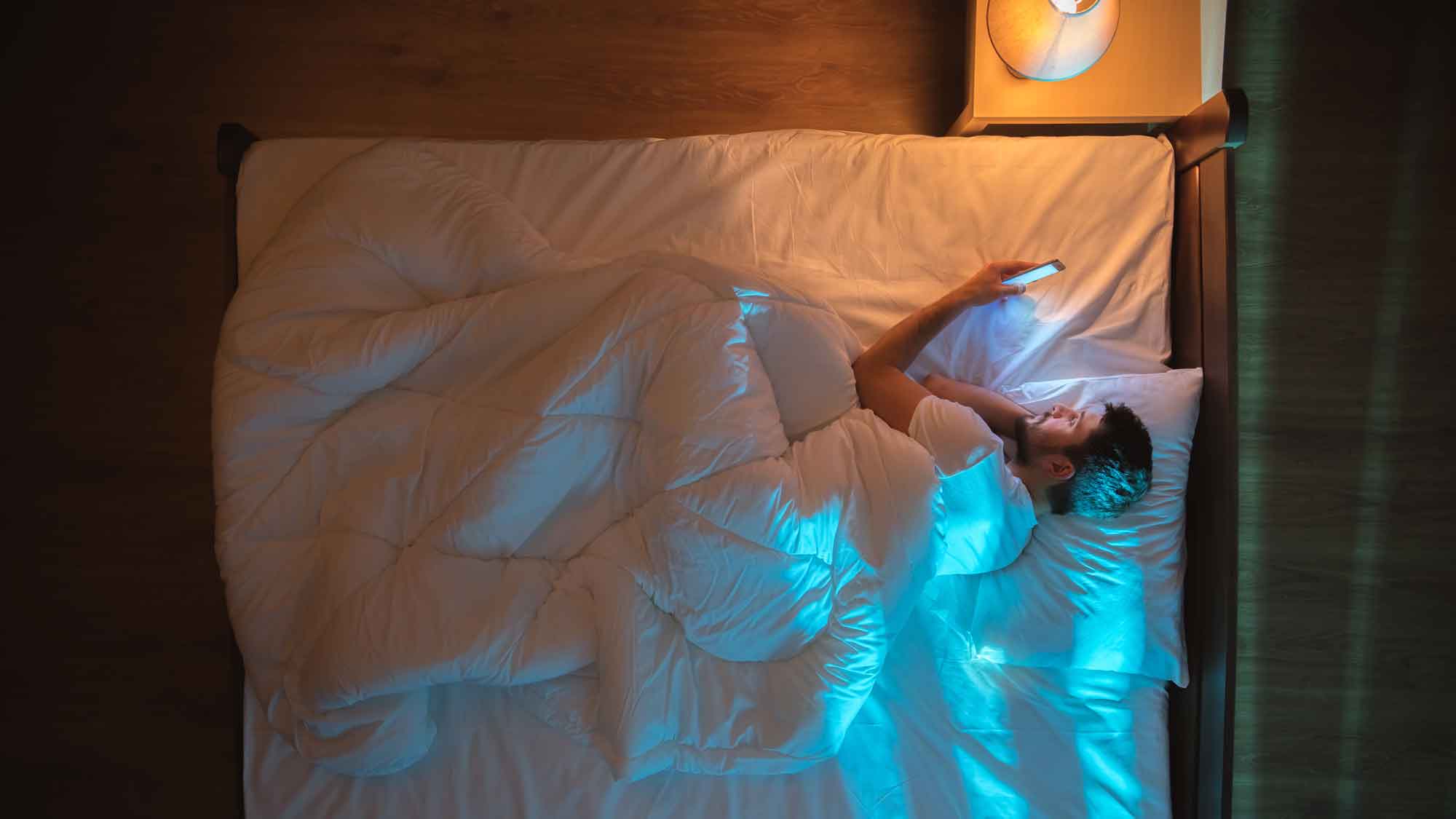Sleep Your Way to a New Triathlon PR

Three-time Ironman world champion Mirinda Carfrae swears by it. 2018 Kona runner-up Bart Aernouts averages over eight hours per day of it. Coach Matt Dixon calls it a “massively important” part of every training plan he writes. The best, most economical performance enhancer for endurance athletes remains simple: consistent, old-school shut-eye.
“Sleep is critical for restoring, replacing, and rebuilding what has been depleted during the day,” says Toronto-based sleep coach (it’s a real job!) Rebecca Earl. “If athletes forgo sleep to create more hours in their day for work, family, and training, it will ultimately have more consequences than benefit.”
Even one night of sleep deficit can throw your body out of whack—in a study of military service members, sleep-deprived individuals were found to experience marked increases in cortisol, the “stress hormone.” Poor sleep can affect everything from cardiovascular performance to injury risk during exercise. It can also weaken the immune system, putting endurance athletes at risk for infection, colds, and u after long hours of heavy training.
Yet most of us are probably not getting enough. According to a recent Gallup poll, 40 percent of Americans get six hours or fewer of nightly sleep, leading the Centers for Disease Control to declare sleep deficit a “public health crisis.”
“The rules of sleep are the same—experts still recommend seven to nine hours of quality sleep per night—but the game has changed,” Earl says. “We are working with different environmental conditions. It’s becoming increasingly difficult to get quality sleep naturally. One must make it a priority.”
“Put the phone away. It will be there for you tomorrow!”
Earl’s Tips for a Good Night’s Rest
“Avoid using a phone as an alarm clock,” she says. “Interruptions from notifications can disturb your sleep and make it easier to check email, news, and social media. The added exposure to artificial light, as well as stimuli from new information, can make it increasingly difficult to fall back asleep.” (If digital is still your game, check out our “Sleep Apps” section below.)
“We need exposure of natural light during the day to help regulate our circadian rhythm,” Earl says. Whenever possible, start your day with sunlight—either by opening the curtains or with a light-therapy lamp like the Philips Energy Light ($170, Philips.com).
Clean your room! Researchers at the Princeton University Neuroscience Institute found that those who sleep in uncluttered, organized bedrooms have more restful slumber than those without a calm and restful sleep space.
“When you hit the snooze button, you aren’t getting to a restorative phase of sleep,” Earl says. Instead, pick an earlier bedtime—and stick to it. “Don’t fight the urge to go to bed. It’s important to listen to your body,” she adds. “Leave the laundry. Pause Netflix. Put the phone away. It will all be there for you tomorrow!”
Sleep Apps
- Pzizz
- Recently retired NBA player Roy Hibbert claims this app cured his insomnia with its scientifically derived sounds. Pzizz.com
- Sleep Cycle
- This alarm-clock app analyzes your sleep patterns and picks the ideal time (within a predefined half-hour window) to wake you. Sleepcycle.com
- SleepScore Labs
- Your smartphone’s microphone and speaker tracks your nighttime sounds for sleep insight. Sleepscore.com
- Pillow Automatic Sleep Tracker
- This app has a sleep data tracker, a smart alarm clock that wakes users during light sleep, and sounds that aid rest. Neybox.com